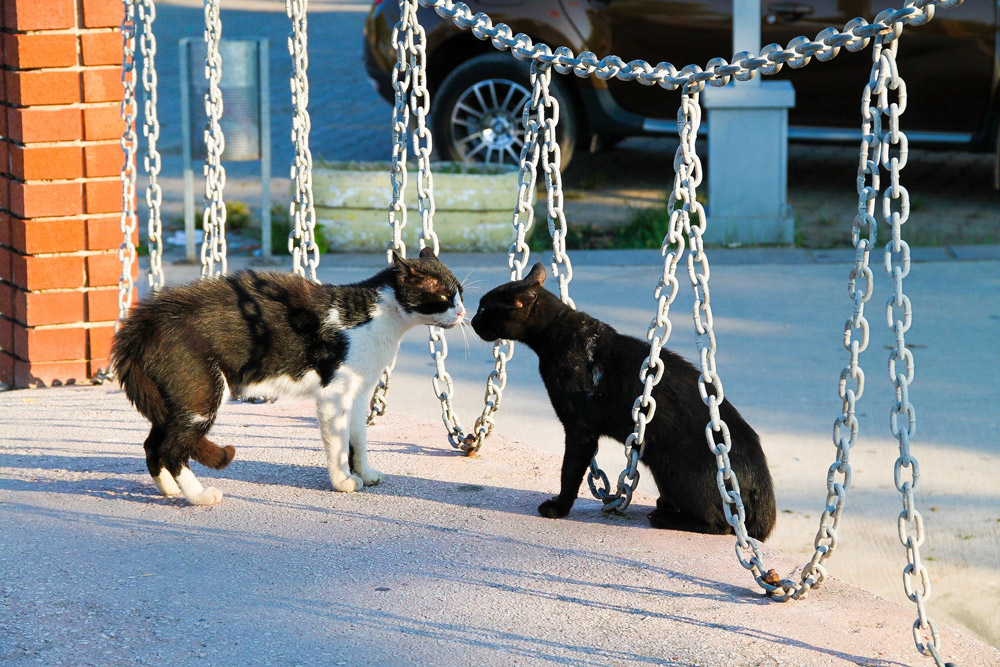By Lynn Broom
Longmead Veterinary Practice
Cats can be stressed by situations which do not appear stressful and can develop strange behaviours in response to these stresses without ‘looking’ stressed.
Long-term stress can produce multiple subtle behaviour responses which often go unnoticed by their owners and so a diagnosis of a stress-related condition often comes as a surprise.
The main behaviours we see in stressed cats are recurrent cystitis, inappropriate urination and over-grooming. The causes of stress can include changes in the home such as a new baby or new pet, aggressive neighbourhood cats or even their owners going away on holiday. Living with another cat is frequently a cause of long-term stress.
Recurrent cystitis is a common problem caused by stress in cats. Typically they will urinate frequently, often in unusual places and blood can be present in the urine. There is rarely any infection present and most cats respond well to pain relief.
Prevention may be achieved by limiting stress, using plug-in pheromones like feliway and, where necessary, supplements which support a healthy bladder lining. This is a distressing condition for female cats but has the potential to become life-threatening for neutered males who may become unable to urinate and risk bladder rupture and acute kidney failure.
Litter trays
Increasing water intake can help by increasing frequency of full volume urination and can flush out crystals which may form in concentrated urine and may further irritate the bladder lining. Cats frequently prefer running water and allowing them to drink from a dripping tap or a cat fountain can increase drinking. Ensuring fresh water is always available is essential even for cats which prefer to drink outside as sources of water will be limited during hot or freezing weather.
Cats which urinate and/or defecate in the house other than in litter trays will often do so because of stress. Again pheromones may help with this.
Providing multiple litter trays around the house, particularly in areas where the cat is choosing to relieve itself can help. Placing one in a convenient place for us may not be used by a cat because they don’t like its position for some reason. Many cats will not use a dirty litter tray, particularly if another cat has used it. Regular cleaning and more trays than cats can help with this.
Stress over grooming is also commonly seen. Typically cats will lick their tummies and between their back legs excessively to the point where they become bald and can cause sores.
Ruling out sources of pain or itching is essential as both can cause similar symptoms. Reducing stress, if possible, can help. Some medications may help but this can be a difficult condition to control.
Cats are generally solitary animals and sharing a house with another cat can be surprisingly stressful. The stress can be reduced by providing multiple areas to eat and drink and multiple, frequently cleaned litter trays. Ensuring each cat has its own space will reduce conflict.
The International Cat Care website provides excellent information on recognising the subtle signs of chronic stress in cats and provides useful advice to help manage it to help you make your cat as settled and comfortable as possible in their situation.










Leave a Reply